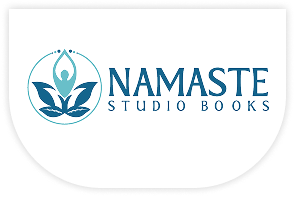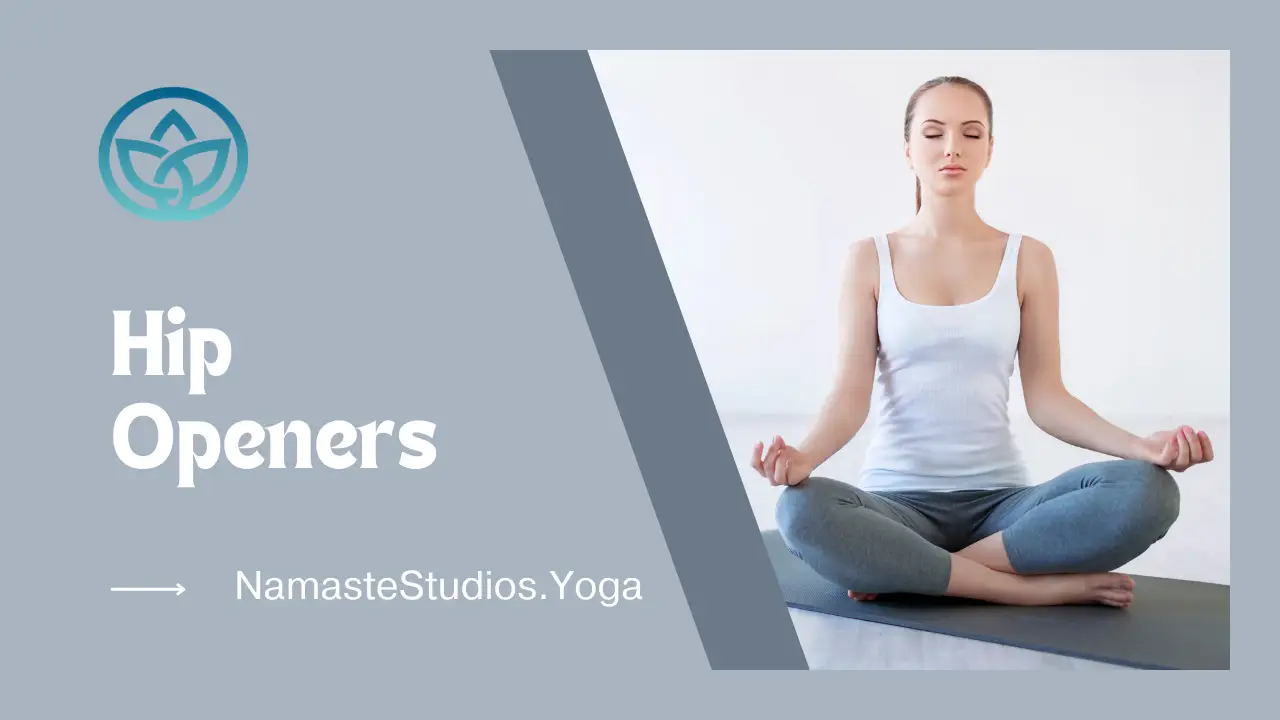Essential Yoga Poses for Hip Openers
By Dennis Bluthardt, Namaste Studios
Hip flexibility is an essential aspect of our overall health and physical well-being. The joint is involved in so many movements in daily life. It causes much discomfort (especially when the hips become tight) and almost always leads to problems in the lower back and the knees. Hips must be mobile (not “strong”) at the basic physiological level to prevent other issues.
Thankfully, several dozen hip-opening yoga moves focus on hip flexibility. These poses help release deeply held tension, which some say increases overall mobility. These postures take on multiple shapes (seated, standing, etc.), such as Pigeon, Bound Angle, and Lizard poses.
Poses like hip openers effectively stretch the muscles surrounding the hip, and holding them for a long time stimulates the tissue. Some are more anatomically focused; however, connecting with the breath offers a refreshing, relaxing aspect we could use more of in our lives.
Introducing these poses into your yoga classes every so often will increase overall flexibility and, in the most granular sense, reduce overall pain and tension. These kinds of movements suggest the hips aren’t needed to output a high level of strength (like the fists and the chest), but they help enhance our overall body’s sense of joy and versatility!
Understanding Hip Openers
Hip openers are yoga poses designed to increase flexibility or mobility in hip joints. These poses target many of the muscles attached to this area, specifically, your hip flexors, glutes, and inner thighs. Everyone can benefit from including hip openers in their practice since we all need a certain amount of motion in this area to function correctly. After all, your hips are a foundation for movement.
But in yoga, when we talk about hip openers, we tend to think of poses that give you the freedom of mobility to get up and go and allow you to relax and let go. Each of these “baddha” or “bound” poses will enable you to intensely turn in or “introvert,” introspect and find a sense of deep peace, calm, quiet, and even silence within yourself.
Whether you are taking this time to bind yourself and prepare for mediation or preparing yourself for the excitement of exploring and working on a more complex hip opener or pose you aspire to, remember to refer to and remember the lessons you’ve learned from the basics. They will always serve you and help you find that sweetness of balance in your life. Work with these poses in your practice regularly, and you will reap the benefits, one moment of sweet surrender at a time.
The Anatomy of the Hips
This wide range of motion allows for strength, flexibility, and inherent stability, key factors enabling us to do many things. Additionally, the hip (“sockets”) stabilizes the femur and pelvis during all dynamic functional activities like lifts, running, balance, and exercises.
Many individuals I treat and train with, though, often have complaints around their hips.
These concerns can cause a loss of athleticism or disruption of normal daily activities. The problem usually arises when tight hip flexors tug harder on the lower spine, align the pelvis, and somewhat alter the spine’s rhythm of backbone extension and hip movement. As a coach and therapist, these hip flexor and lower cross compensations considerably lead to alignment issues, injuries, and reduced performance.
The good news is you can recover. It would help to use patience (perhaps 3-5 years of squats) before ” reshaping” musculature. If you require the psoas, iliacus, and surrounding muscles, the best bet is to train length with interval stretching bouts (positional stretches) of 1-2 minutes, then use a PNF to engage the hip extensors. To make a stretch exercise count, the best way to get “tight” would be to stick to a foam roll-meet-heat-meet-stretch-meet- cooldown game plan.
Top Yoga Poses for Hip Openers
Eka pada rajakapotasana, or pigeon pose, as the name implies, is a massive hip opener. If you sit your pigeon on a block or bolster and flex your front foot (see modifications), this pose can also help if you have tight hips. People who struggle with pig-footed squats or sumo squats should practice this pose as often as possible.
Baddha konasana, or butterfly pose, is a great way to open the hips and relax them after a workout or before bed.
Next, you guessed it, another hip opener! Utthan pristhasana, or lizard lunge, is especially good in those with tight hip flexors. Unlike other stretches, this hits a little deeper into the psoas (the muscle in the outer hip), which is often tight in many people because it is a hip flexor. I LOVE this pose, as it is an “active” stretch. If you notice, this pose engages all the lower leg muscles, such as the hamstrings and even some calf muscle heads, to synergistically come together for this pose. Your front leg quads are activated to hold this pose, strengthening them.
Speaking of strength, virabhadrasana II, or warrior II pose, aside from looking powerful, makes you feel powerful. Studies have shown that balancing exercises can lead to increasing mental focus, and this pose is truly about balance. Many people first learn this pose lets their hips fall out of alignment by opening them and allowing the front of their pelvic bone to go into an anterior tilt. In performing this pose, you build a lot of strength in your muscles, your hip muscles, your feet, and especially your leg muscles.
Another lovely, gentle hip opener is, once again, baddha konasana (not to confuse this with the earlier baddha konasana, listed as butterfly), which usually ends a practice as the user is on the floor and just decompressing from their flow or movements.
Incorporating Hip Openers into Your Routine
Adding hip openers to your regular yoga routine can significantly benefit your flexibility and mobility! Consider breaking down the sections of your practice that focus specifically on hips. Depending on the day, this may look like a lunge sequence, a peak posture like a pigeon, or fun seated poses like a butterfly. To maximize your efforts, dedicate 10-15 minutes of your total practice time to these hip-focused practices.
Always warm up properly before doing any hip openers. Warming up prevents injury and ensures your muscles and joints receive the deeper stretches properly. Like the hip opening sequences, your warm-up looks different each day. Warm-ups depend on what type of hip opener you are doing. For the most part, your warm-up can include simple stretches like the Cat-Cow, seated leg or hip circles, and other stretches that don’t cause much strain. Aim to do a complete warm-up for about 10-15 minutes (or longer on a cold winter day) before starting the main workout.
Hip openers are essential in yoga and offer many more benefits than just improved flexibility. Tension can often accumulate in the hips from sitting for too long during the day or doing other physical activities. By incorporating some of these beneficial hip-opening poses into your routine, your overall mobility improves, your posture is enhanced, and you have a lower risk of injuries. Plus, they often come with the added benefit of a sweet, emotional release, too (as for a lot of people, the hips are where stress and anxiety are stored).
Flexibility is key to a healthy body. If the body is flexible, the joints will have a more fantastic range of motion, and this can increase athletic performance and everyday functional performance. Use the strength of the muscles around the pose to support the activation of the muscles of the hips and lower back; practicing matrix training affects not only the increase of flexibility but also the strength/balance. When you have reached a nice level with your asana, try to turn the strength up, and you will see that.
Which pose(s) did you try after seeing this article?
Write this in the comments section.
Your detailed personal experiences will help men’s yoga fiancé candidates! The Namaste Studios Community is also waiting for you in the comments section!
Namaste Studios will continue to send out helpful hip-opening yoga poses and other training sequences, so if you still haven’t subscribed to our newsletter, Say YES to more outstanding strength/balance and improved flexibility; join us now!

